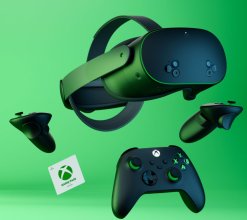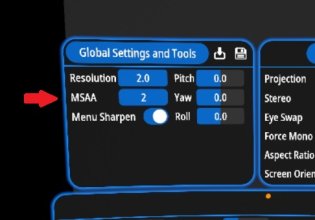Which SAVR title? I'm unable to find it.I don't think she's exclusive to SOD, because as I mentioned above, she has another (crap) VR with SAVR....
Same... this is a rarity that we have to take advantage of. It's an immersive SOD title with a pretty and busty actress and they don't spoil it with any weird stuff. The angles are also suprisingly good. This absolutely deserves the seal. Btw. keep it up with the immersive seal.I'm going to buy this one the first day: new VR with the stunning Natsuki Nao. A serene beauty, a natural body to die for, pearly and flawless skin, natural shyness, and immersive positions.
3DSVR-1760 July 10
No idea what's going onI picked up this on sale not too long ago, cos the only available version online is 4k and I wanted this in 8k. 141gb...oof, my storage space...
Yes, she has her 'new' face for a few months now and we had this discussion somewhere in the thread before. The first time I saw it was in the previews of VRKM-1499 (came out in January). Even on the poster art you can clearly see the difference...Yesterday I commented about Erika Ozaki's new VR, happy because she seems less thin and healthier to me. But watching it in VR I noticed that she's had a lip job, and I think she's had some work done on her cheekbones as well...

Not sure about the lip, maybe she has changed it again but it looked weird/different a few months ago already. To me it dosen't change much. Can't get into her new face that she has since the beginning of 2025. To be fair I think every VR she has done in 2025 was crap anyways, mosty SAVR stuff or I missed it if she had a decent title. It's a shame, she is a VR legend with many great and immersive titles.









 girls. Of course, when the trio consists of Fujita Kozue, Ichii Yuuka, and a pre-surgery Iori Hinano, you would be a bloody stupid fool not to let them come
girls. Of course, when the trio consists of Fujita Kozue, Ichii Yuuka, and a pre-surgery Iori Hinano, you would be a bloody stupid fool not to let them come 




























